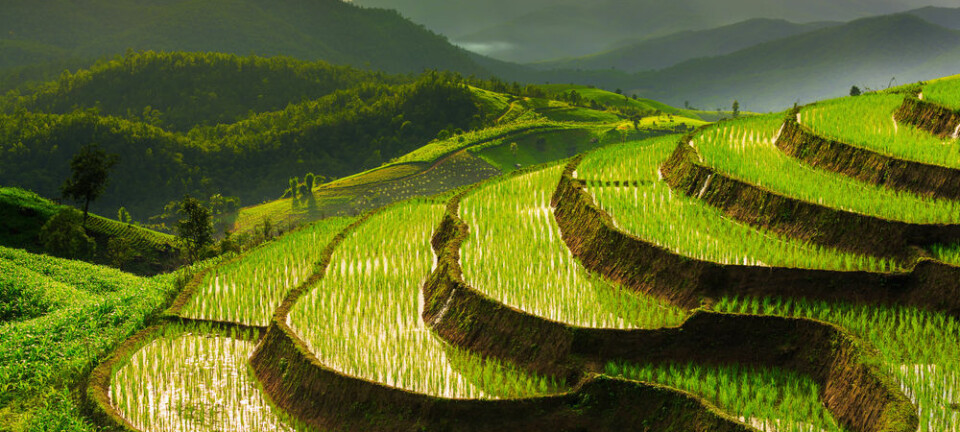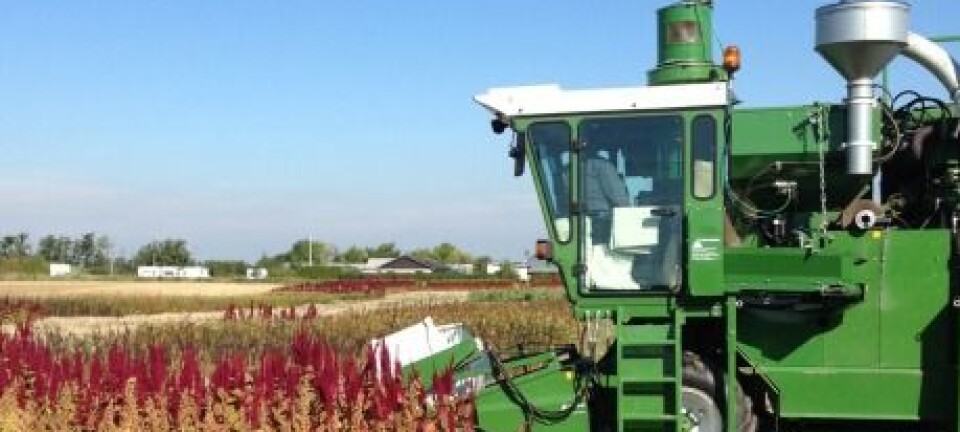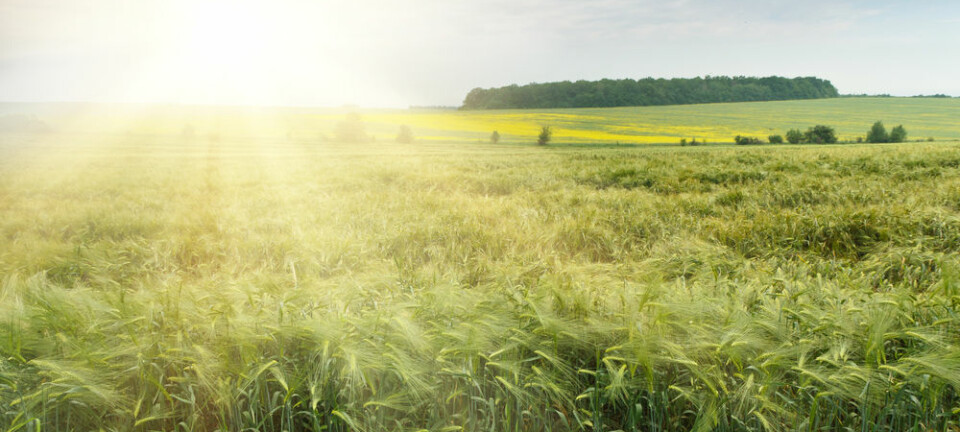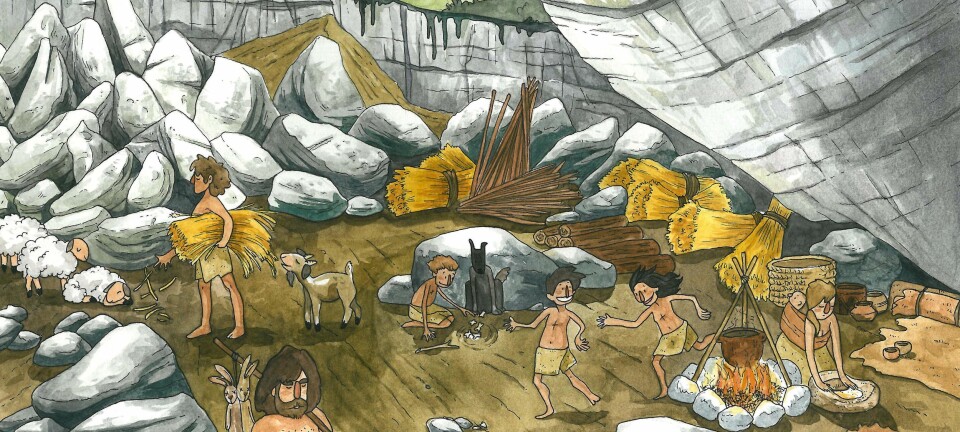
We have bred "selfish" plants for thousands of years
Plant breeders should cultivate less selfish traits in crops to increase total yields, says scientist.
Farmers can increase yields by as much as 35 per cent by cultivating more “social” traits in crops such as wheat, barley, rye, and oats.
This is the conclusion of a new study, where scientists suggest an overhaul of how farmers and plant breeders have optimised crop yields for the past 10,000 years.
Instead of looking at each plant’s individual characteristics and yields, plant breeders should look at the collective yield of those crops across the entire field, which often bares little relation to how well each individual plant performs.
“It’s about imagining a new evolutionary strategy in plant breeding. What is good for individual plants is not necessarily good for the crop population in the field,” says Professor Jacob Weiner from the Department of Plant and Environmental Science at the University of Copenhagen, Denmark.
The new study is published in the scientific journal Ecology.
We need to produce more
Just as they did 2,000 years ago, plant breeders today optimise crop yields by selecting and cultivating the most productive plants. The strongest plant with the highest individual performance is assumed to provide the best yield for the entire field.
Over the millennia this approach has worked, with many grain varieties producing larger harvests.
But this has recently stagnated, and so farmers need to develop new ways to ensure food security for future generations.
“With the current population growth, we need to find new ways to produce higher yields out of existing farmland and on that front the new study looks really exciting and innovative,” says Mathias Neuman Andersen, Professor with special responsibilities at the Department of Agroecology at Aarhus University, Denmark. He was not involved in the new study.
Read More: 3D-model of cream cheese can reduce food waste
Strong plants do not result in higher yields
Previous research has shown that strong plants, which are winners in the evolutionary sense, are not necessarily good for collective yields.
For example, imagine a field where individual wheat plants fight against each other over resources--sunlight and soil nutrients.
The strongest plants will grow to escape the shade created by others, while developing a massive root system to suck up as many nutrients as they can.
This allows them to “win” over other plants and so the farmer chooses these high-yield individual plants.
“Traditional breeding chooses the plants that clearly give higher individual yields, but in general these plants use a lot of resources to compete with one another, which can potentially result in a poorer collective yield,” says Weiner.
Read More: Plant-based packaging could reduce food waste
Passive plants produce more
Imagine if they did not waste time and energy competing with each other, but shared the soil and sunlight more equally.
While it might result in a lower yield for individual plants, the group as a whole would increase its yield, as no resources are wasted.
This is the essence of Weiner’s hypothesis.
“We want them to remain passive and to not fight each other because it costs resources, which therefore do not benefit the farmer. So we should move away from selecting exclusively the most competitive plants when we breed,” says Weiner.
Read More: Tomorrow’s fish farms will be unmanned
The strongest plants provide the lowest yield
To test this, Weiner and his colleagues ran a trial in China where they sowed 35 types of wheat, some of which were old varieties and others were new varieties with higher yields.
In some plots, they planted “monocultures” consisting of single varieties, while other plots consisted of a mix of all the different varieties. They then investigated how much yield each variety produced individually in mixed plots, versus individual plots.
They saw that growing individually high-yielding crops only resulted in a high yield for the entire field up to a point.
“We saw clearly that there isn’t always a correlation between the individual performance and group performance. This principle should be applied to plant breeding in the future to increase yields,” says Weiner.
Read More: Project aims to help Indian farmers cope with extreme weather
Mediocre plants produced higher yields
According to Weiner, farmers could potentially boost their crops by as much as 35 per cent by incorporating an evolutionary strategy in choosing grain varieties.
He discovered the following relationships:
• Plants with low individual yields produced low yields across the entire field.
• Plants with a high individual yield produced a mediocre collective yield.
• Plants with mediocre individual yields produced 35 per cent more than individually high-yield plants.
“The general hypothesis is that the best plants for agricultural purposes are not necessarily those that give the highest individual yields. Therefore, in selecting plants to breed, we should look for the properties that reduce the plant’s individual performance but boost the collective crop population,” says Weiner.
Scientists also recognise that it can be more costly to select plants in this way, since it requires planting large amounts of crops on fields to study their interaction rather than just identify the highest yielding individuals.
“We need hypotheses on properties that promote the population at the cost of individuals instead of searching for properties that make plants ‘better’,” says Weiner.
--------------------
Read more in the Danish version of this story on Videnskab.dk
Translated by: Catherine Jex









